| View previous topic :: View next topic |
| Author |
Message |
ZuikosHexanonsandVivitars


Joined: 03 Nov 2021
Posts: 254
Location: Austria
|
 Posted: Fri Mar 17, 2023 4:33 pm Post subject: Olympus Zuiko 180mm f2.8 MC Posted: Fri Mar 17, 2023 4:33 pm Post subject: Olympus Zuiko 180mm f2.8 MC |
 |
|
ZuikosHexanonsandVivitars wrote:
Stevemark recently mentioned in another thread he´d like to see how the Zuiko 180mm f2.8 MC performs. Haven´t used it seriously since I got myself the Alpha, I decided to put it in my bag where I had it for the recent weeks to take some images with it.
The design is 5 lenses in 5 groups. Olympus called it a "Variant Ernostar type long focus lens system", invented by Tadashi Kimura and applied for patent from Olympus Optical Co., Ltd., Japan on the 27th of December 1976 at the United States Patent and Trademark Office.
Here is a schematic cross section.

And here on this German website is a lot more information about it.
https://olypedia.de/index.php?title=Zuiko_Auto-T_1:2,8/180_mm
I found just one other thread in MFL from August 2014 about this lens.
http://forum.mflenses.com/olympus-auto-t-zuiko-180mm-f2-8-t67473.html
All of the following images are developed in Sony Image Edge from raw files with noise reduction switched of and either converted into jpegs to be shown here, or into tiffs for fringe removal in Picture Window Pro 8, from where I made jpegs from it. Aside from fringe removal, the images underwent no further processing, like contrast, sharpening or else.
Here at minimum focus distance. ISO100 1/400s f2.8. I already made myself a reminder to clean the window, thanks 

100% crop from the previous image. Rather decent CA and no fringing, an otherwise notorious habit.
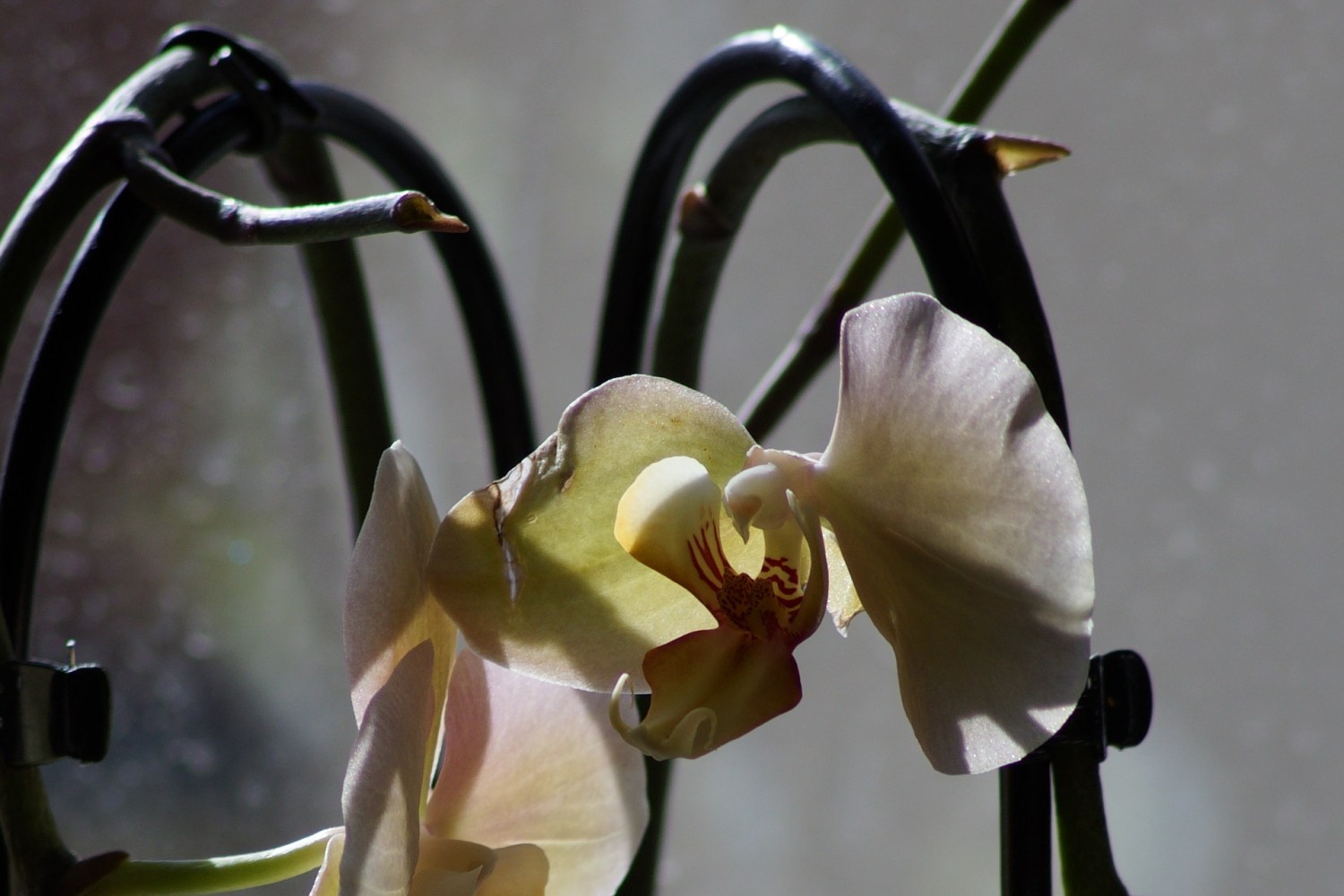
The next motive shows rather clearly what this lens is ingloriously known for. Again minimum focus distance and wide open. ISO100, 1/800s.

100% crop from above

The same, but purple fringe removed. The remaining yellowish CA´s like shown here in high magnification are a pain to remove.
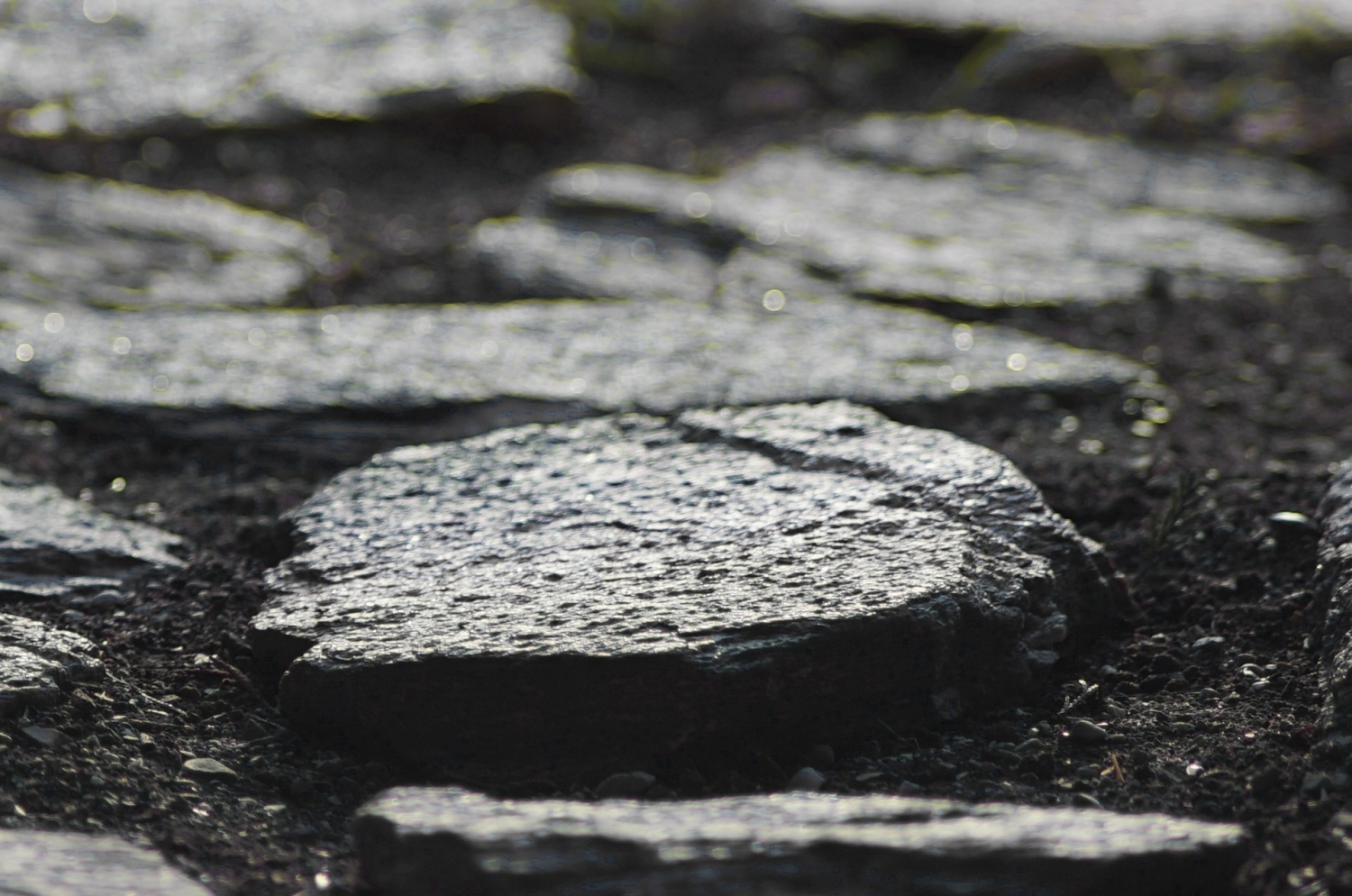
The following 100% crop, though unassuming as it is, is summarizing all the bad habits. ISO100, 1/400s, f5.6

The following 3 100% crops show how stopping down helps in the center area in terms of optical aberration.
Wide open:
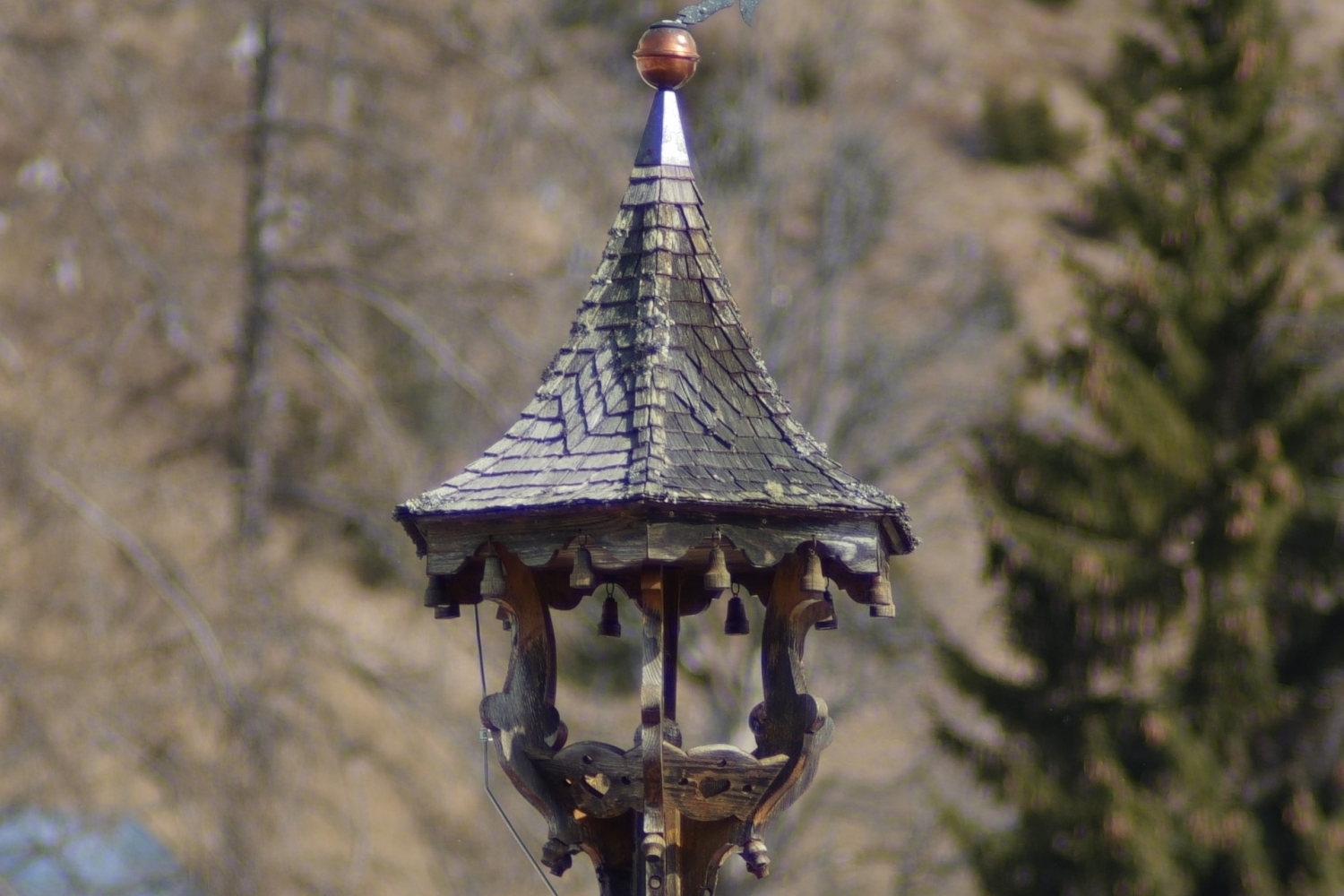
f/4
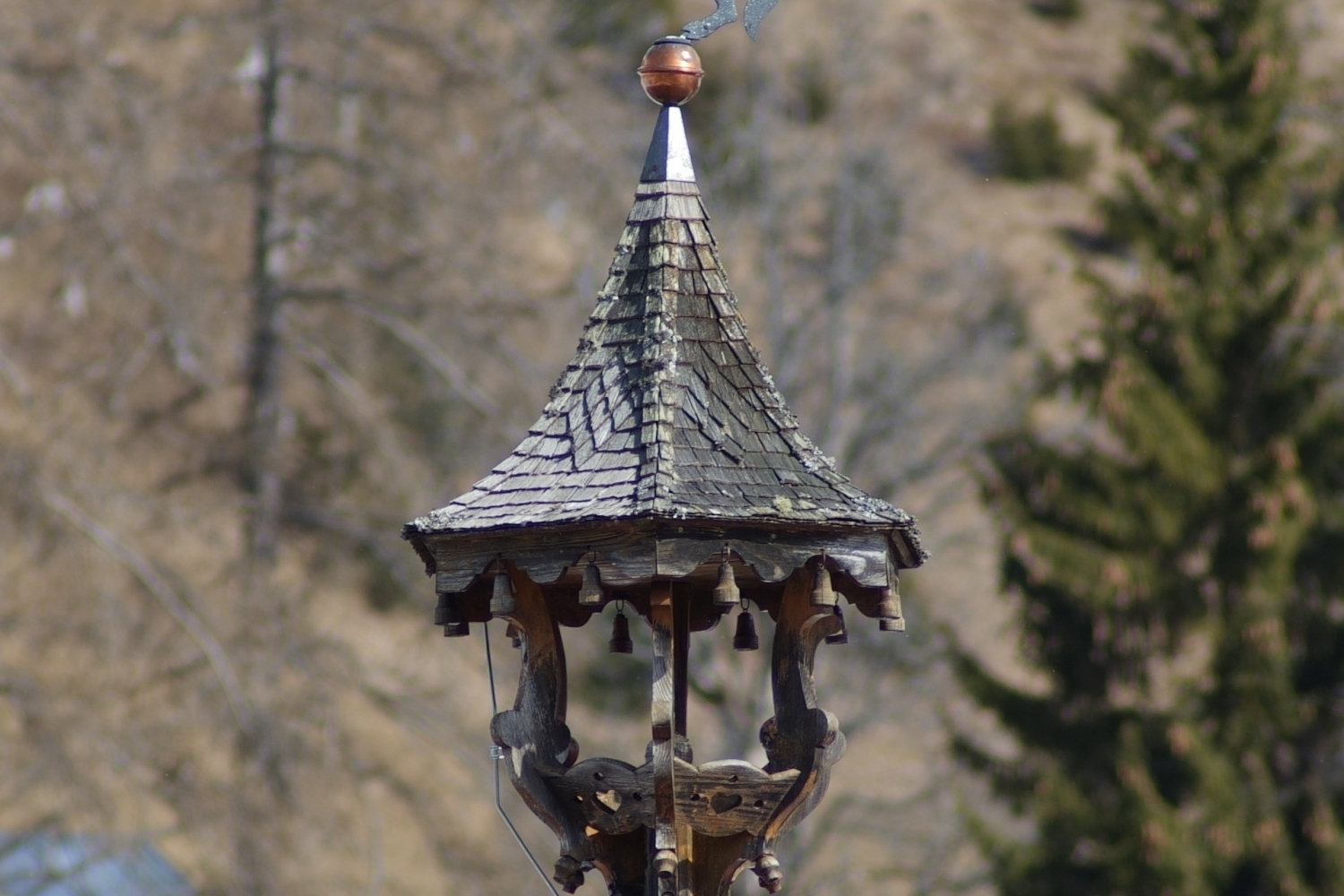
f5.6. (AWB had a hickup on this one)

f11. Beyond the sweet spot.

One last pixel peeping orgy in terms of fringing and CA:
Rock face in the Dachsteinmassiv, 100%crop center. ISO 100, 1/500s, f5.6

Same image, 100& crop of the lower right edge
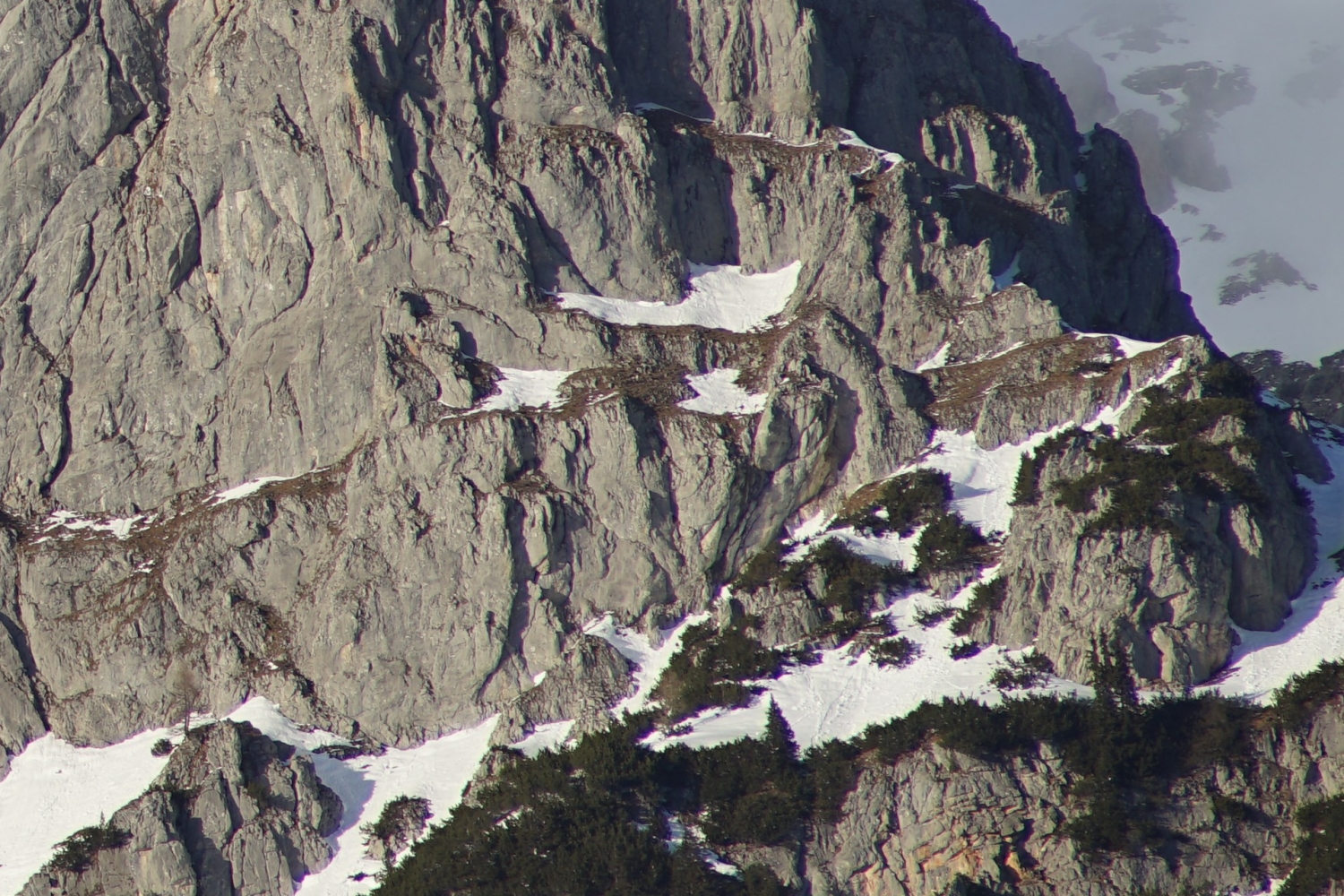
Same as above, fringing corrected, to have a better view on the CAs 
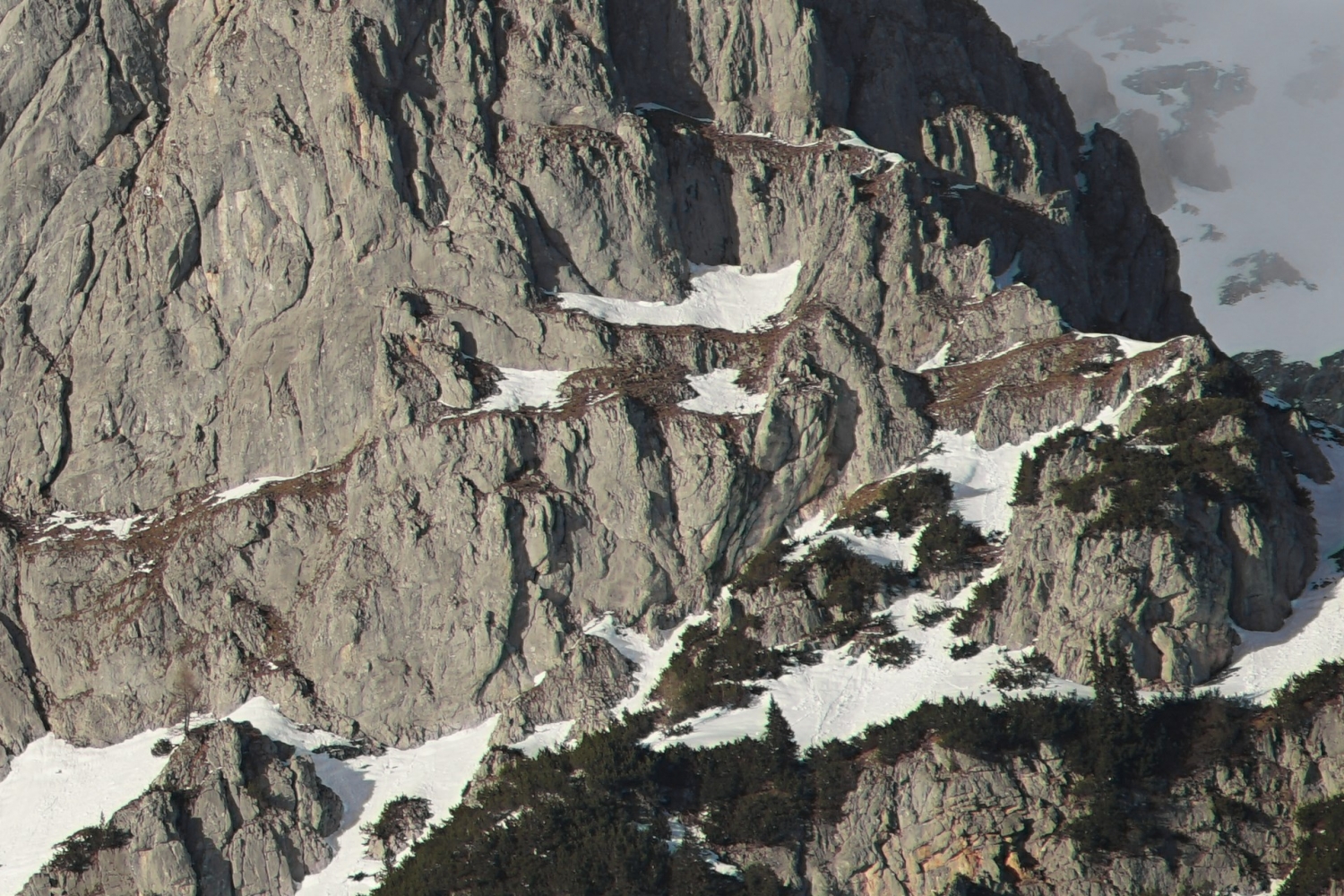
Verdict? Sometimes, the Olympus Zuiko 280mm f2.8 MC can be quite a nuisance with its bad habits. Despite that, it is far from being a bad lens. In many cases those optical errors become only really apparent in high magnification, and the most disturbing, fringing, can be done away with in very little time. In addition, it is in good company with many other tele lenses of its time.
On the pro side, I find it to be sharp from mfd to infinity. It´s already quite good wide open, contrasty, and with a powerful color rendition on par with all my other Zuikos. The bokeh is creamy and smooth, an ideal lens for portrait. My perception is, it´s optically best at f5.6 and so I go rarely beyond that. f11 and f16 show a certain loss in sharpness due to diffraction.
Yes, it´s a good lens. Here comes the beauty contest.
Windmills and wine, ISO100, 1/1250s, f2.8

Haze and the rising sun. ISO100, 1/320s, f2.8

A narrow view into the Tennengebirge. ISO100, 1/1250s, f8

Somewhere in the Dachsteinmassiv. ISO100, 1/800s, f5.6

_________________
Cheers, Gerhard |
|
| Back to top |
|
 |
Doc Sharptail


Joined: 23 Nov 2020
Posts: 1216
Location: Winnipeg Canada
|
 Posted: Fri Mar 17, 2023 4:57 pm Post subject: Posted: Fri Mar 17, 2023 4:57 pm Post subject: |
 |
|
Doc Sharptail wrote:
Some nice images there!
 
I haven't had much luck with long reach lenses.
Nice to see one that actually focuses at long distances.
What you refer to as nasty habits even occurs in long reach nikkors- especially the fringing.
I currently split the distant subjects between 2 lenses: Nikkor 200mm f4, and the Tamron 500 f8 mirror.
Posts like this are a good reminder for me.
-D.S.
_________________
D-810, F2, FTN.
35mm f2 O.C. nikkor
50 f2 H nikkor, 50 f 1.4 AI-s, 135 f3.5 Q,
50 f2 K nikkor 2x, 28-85mm f3.5-4.5 A/I-s, 35-105 3.5-4.5 A/I-s, 200mm f4 Micro A/I, partial list.
"Ain't no half-way" -S.R.V.
"Oh Yeah... Alright" -Paul Simon |
|
| Back to top |
|
 |
caspert79


Joined: 31 Oct 2010
Posts: 3224
Location: The Netherlands
|
 Posted: Fri Mar 17, 2023 5:22 pm Post subject: Posted: Fri Mar 17, 2023 5:22 pm Post subject: |
 |
|
caspert79 wrote:
The fringing is pretty severe indeed, but the images look pretty good once cleaned up. Thank you for sharing! |
|
| Back to top |
|
 |
Pancolart


Joined: 04 Feb 2008
Posts: 3705
Location: Slovenia, EU
Expire: 2013-11-18
|
 Posted: Fri Mar 17, 2023 8:56 pm Post subject: Posted: Fri Mar 17, 2023 8:56 pm Post subject: |
 |
|
Pancolart wrote:
Seems infinity optimized design.
_________________
---------------------------------
The Peculiar Apparatus Of Victorian Steampunk Photography: 100+ Genuine Steampunk Camera Designs https://www.amazon.com/dp/B0B92829NS |
|
| Back to top |
|
 |
stevemark

Joined: 29 Apr 2011
Posts: 4083
Location: Switzerland
|
 Posted: Fri Mar 17, 2023 10:24 pm Post subject: Posted: Fri Mar 17, 2023 10:24 pm Post subject: |
 |
|
stevemark wrote:
While I have never have been able to shoot with a Olympus 2.8/180mm, I'm not surprised to see quite a lot of CAs / fringing.
Looking at its US Patent, all four "embodiments" described there have made their three large positive front lenses from glass with a realtively high refactive index (nD 1.63 ... 1.69) and, correspondingly, high dispersion (v=48 ... 60.7). That's unusual for a 200mm (180mm) lens from the late 1970s, and so is its "Ernostar" configiration. Both are much more common for contemporary 135mm lenses (f2.8 as well as f3.5). I assume this configuration was chosen to make the lens smaller and lighter than e. g. the Zeiss Sonnar or the Leitz 2.8/180mm lenses from the early 1970s (when the Oly actually was constructed).
That said, most other 2.8/200 lenses from aroud 1980 have some problems with CAs: Nikkor "non-ED", Canon FD/nFD/nFD IF, Minolta MD-II and MD-III ... you name it. They usually were of a typical tele-construction (positive triplet in front, negative doublet at the back), and for the large positive front lenses a LD glass was used (v=70). A nearly identical configuration was used also for the Minolta MC/MD 4/200mm which has pretty low CAs.
The best vintage 2.8/180mm (200mm) lenses I know are the Leitz 2.8/180mm (later computation), the Nikkor ED 2.8/180mm, and the Minolta AF 2.8/200mm (1988). They all have prettly low lateral CA and relatively low fringing, resolution is very good or even exceptional (MinAF), and they are not too large / heavy.
Another fast 200mm lens with low CAs is the (rare) Sigma 2.8/200mm. It has, however, a very low contrast at f2.8, and quite a low resolution at the edges and in the corners.
S
_________________
www.artaphot.ch |
|
| Back to top |
|
 |
alex ph

Joined: 16 Mar 2013
Posts: 1674
|
 Posted: Mon Mar 20, 2023 5:30 pm Post subject: Posted: Mon Mar 20, 2023 5:30 pm Post subject: |
 |
|
alex ph wrote:
An interesting rendering and yes, exempalry purple fringing! Thank you for sharing. |
|
| Back to top |
|
 |
ZuikosHexanonsandVivitars


Joined: 03 Nov 2021
Posts: 254
Location: Austria
|
 Posted: Tue Mar 21, 2023 12:28 am Post subject: Posted: Tue Mar 21, 2023 12:28 am Post subject: |
 |
|
ZuikosHexanonsandVivitars wrote:
I have a few images more, aimed to show performance at minimum focus distance wide open, and bokeh. Please also consider contrast and sharpness. Fringing occurs in situations of sharp contrast (like in the first image); avoiding them, like in the last two, also keeps colour aberrations low.
All f2.8 on a Sony A7ii and ISO 100.
Original jpeg ooc

side-by-side in PWP8 during purple fringe removal
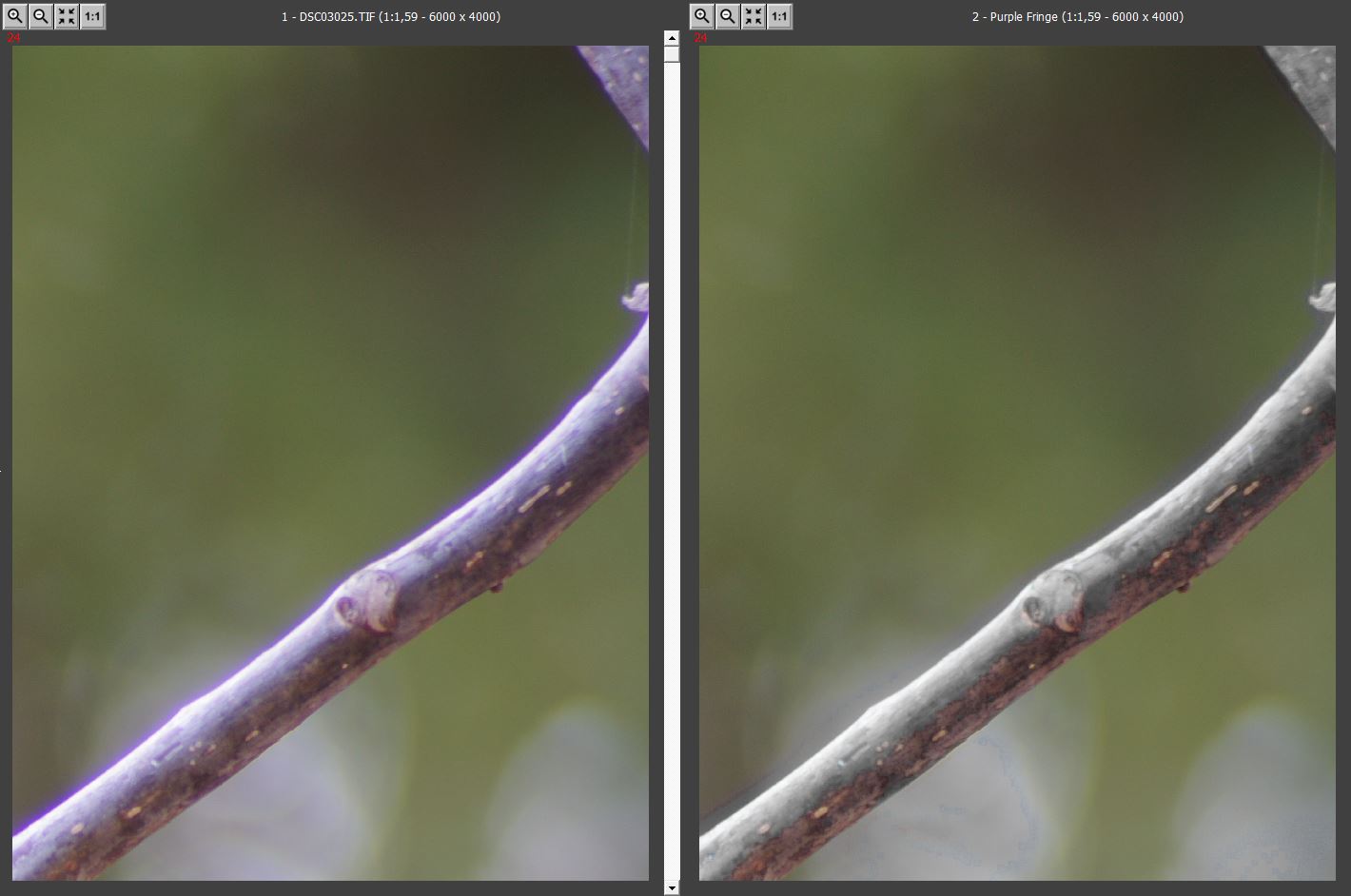
result

No post processing, just ooc

No post processing, just ooc

_________________
Cheers, Gerhard |
|
| Back to top |
|
 |
|
|
|
You cannot post new topics in this forum
You cannot reply to topics in this forum
You cannot edit your posts in this forum
You cannot delete your posts in this forum
You cannot vote in polls in this forum
|
